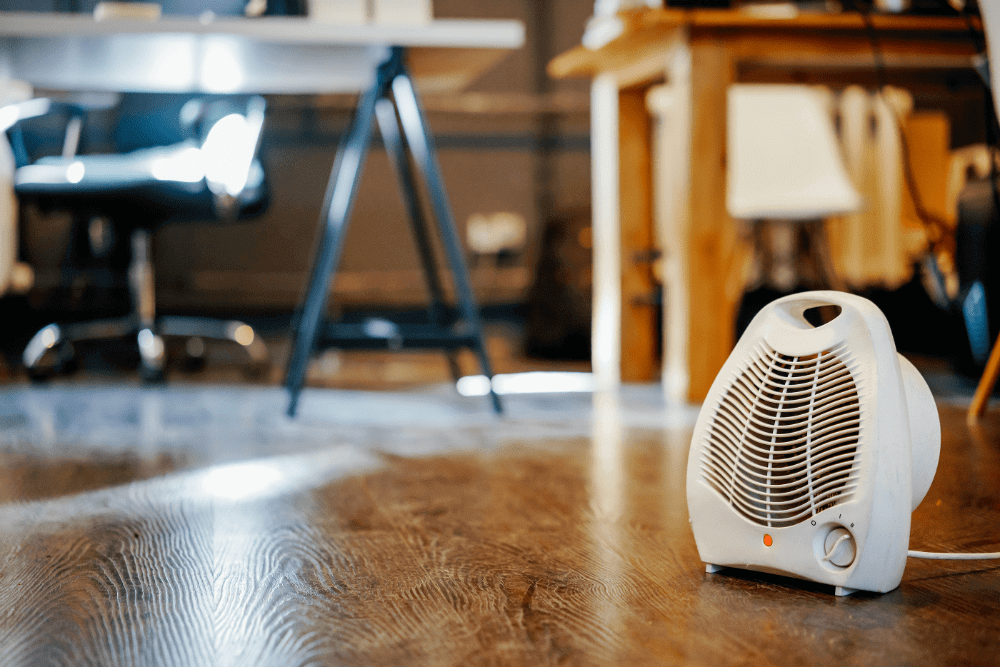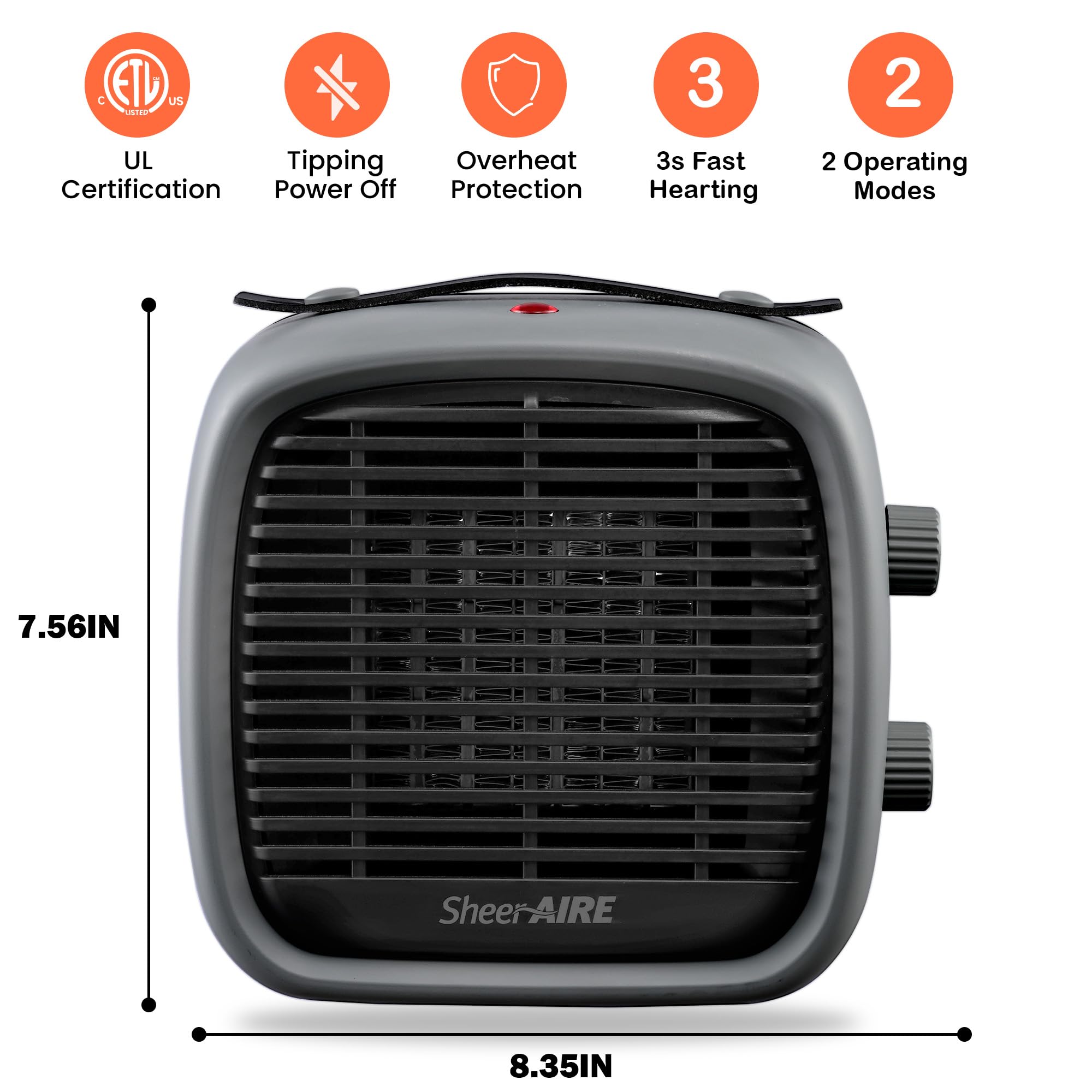Some Known Details About 1 Source Portable Air
Indicators on 1 Source Portable Air You Need To Know
Table of ContentsFacts About 1 Source Portable Air RevealedSome Known Facts About 1 Source Portable Air.1 Source Portable Air Can Be Fun For EveryoneThe 3-Minute Rule for 1 Source Portable AirExamine This Report about 1 Source Portable Air
Running prices are based on an electricity cost of 40c/kWh. The costs for 3 months' usage in winter season are based on 500 hours make use of, or roughly 6 hours per day for three months. Optimum warm output is based upon the optimum wattage of the designs we have actually tested (we concentrate on greater wattage heating units).
This relies on what cost you're checking out ahead of time purchase, or running expense? Customarily, there are trade-offs with either option. Usually, small fan heating units are cheaper to purchase, however can have greater running prices. Oil column heating units will certainly be the least expensive on the marketplace to run (generally) yet only by a narrow margin ahead of convection heating units (like panel and micathermic panels).
The Ultimate Guide To 1 Source Portable Air
If you have a relatively easy to fix ceiling fan, it'll help spread the warm around the area a lot more uniformly. A number of costly heating units have fallen short to thrill our testers, while some less expensive versions make for remarkably good buys.
As the name recommends, they radiate warmth from a red-hot heating aspect (so the family will have to take turns sitting in front of it). Glowing heating units are reasonably low-cost.
The fairly revealed burner can be a fire and safety risk. An item of clothes went down over it might ignite, or tiny children playing around a flooring design might shed themselves, so be careful. Radiant heaters usually set you back in between $20 and $200. Oil-filled column heating systems don't in fact shed oil they utilize power to heat the oil that's secured inside their columns or 'fins'.
The Buzz on 1 Source Portable Air
Some column heating systems aren't even oil-filled however instead make use of various other product or home heating modern technology to work the same method - 1 Source Portable Air. The threat of fire with an oil column heating system is low compared to other heating system kinds, however never ever absolutely no. Oil heaters don't have exposed elements like radiant heating systems do, and their surface area temperature is less than many other heating see this here system types (their huge surface location offsets it)
Oil column heating systems won't take off, and while they do not burn their oil to generate warm, it's still flammable, so there is a fire threat if the oil leaks, if the heating unit topple and leakages, or if combustible items or fabric enter contact or fall on the heater. You should exercise the same level of caution with oil heaters as for various other heating unit types, and never hang towels or clothing over one to dry them utilize a drying out rack instead, at the very least one metre away.
Column heaters are especially beneficial in spaces where they'll be activated for long periods of time or where they'll operate ignored, such as overnight in a room. The surface areas you're likely to touch on a column heating unit don't get as hot as various other sorts of electrical heating units. You can use a ceiling fan on really low rate to assist the column heating system to distribute the heat faster and more uniformly.
Oil-filled column heating units normally set you back between $50 and $450. Convection and panel heating systems attract cool air over an electrical heating component.
Rumored Buzz on 1 Source Portable Air

Convection and panel heating units are a lot more mobile than their oil-filled column heating system equivalents since they're dramatically lighter. They'll heat the air in a space uniformly and quickly. Like a column heating system, you can use a ceiling follower on very reduced rate to disperse the warmth faster and a lot more equally. Some versions, especially panel heaters, are fairly costly to buy.

1 Source Portable Air Fundamentals Explained
Follower heating systems are often smaller and much more mobile than other electric heaters. They additionally come in the kind of tower follower heating systems, which can be better for distributing warmth around larger rooms because of their taller profile. They can heat up the air in a space more swiftly, equally and rapidly than some various other heating unit types.
They can be fairly loud with the fan on full power, however are typically fairly peaceful at lower follower rates. Fan heating systems (ceramic or otherwise) generally price between $60 and $900. Ceramic fan heaters aren't necessarily any type of different in rate to non-ceramic designs. A fairly recent entrant into the customer market, infrared heating units heat the room like the sunlight warms your face (without the UV rays so no danger of skin cancer). 1 Source Portable Air.